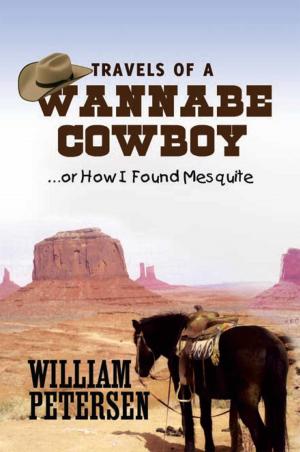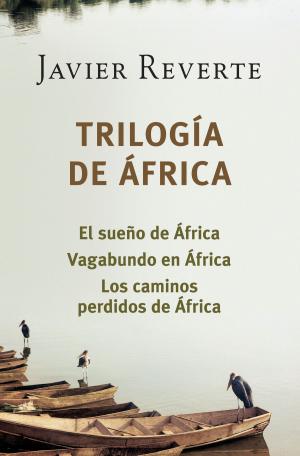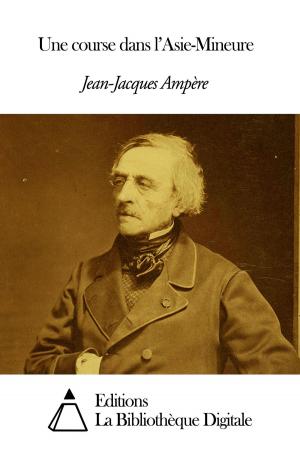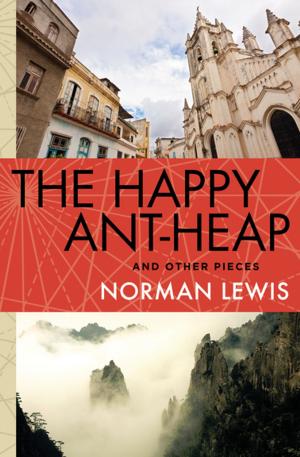Aku-Aku
The secret of Easter Island
Nonfiction, Travel, Caribbean & Latin America, South America, Social & Cultural Studies, Social Science, Archaeology, Adventure & Literary Travel| Author: | Thor Heyerdahl | ISBN: | 1230001507539 |
| Publisher: | [New York] : Scribner Company, [1906] | Publication: | January 15, 2017 |
| Imprint: | Language: | English |
| Author: | Thor Heyerdahl |
| ISBN: | 1230001507539 |
| Publisher: | [New York] : Scribner Company, [1906] |
| Publication: | January 15, 2017 |
| Imprint: | |
| Language: | English |
Aku-Aku, the Secret of Easter Island describes Thor Heyerdahl's research at Rano Raraku & Anakena on their many giant stone statues. The book & later film made a major contribution to awareness, outside anthropological & archeological communities, of both the island & the statues. Much of his evidence has now been refuted by archeologists. His methods have been criticised. Paul Bahn wrote: "he relied on the selective use of evidence, which resulted in a misleading conclusion".
Heyerdahl is most controversially associated with an attempt to revive the theory that the islanders' stone carving technology came from S. America. He argued that as well as being settled by Polynesians, Easter Island was settled by people from Peru, an area described as "more culturally developed".
"Aku-aku" refers to moving a tall, flat bottomed object by swiveling it alternatively on its corners in a walking fashion. Heyerdahl theorised the Easter Island Moai (statues) were moved in this fashion, & tested this on a small Moai--tho the test was abandoned after the Moai's base was damaged. He also asserts that for the islanders, Aku Aku means a "spiritual guide."
Heyerdahl compared the highest quality stonework on the island to pre-Columbian Amerindian stonework such as at Tihuanaco. Seemingly unaware of Polynesian stoneworking traditions such as the Marae he said of Ahu Vinapu's retaining wall "No Polynesian fisherman would have been capable of conceiving, much less building such a wall". However Alfred Metraux had already pointed out that the rubble filled Rapanui walls were of a fundamentally different design to those of the Inca.
Heyerdahl claimed a S. American origin for some Easter Island plants including the Totora reeds in the islands' three crater lakes which are now recognised as a separate species to the ones in Lake Titicaca. Also the Sweet Potato, which is now reckoned to have been in Polynesia before Easter Island was settled.
Aku-Aku, the Secret of Easter Island describes Thor Heyerdahl's research at Rano Raraku & Anakena on their many giant stone statues. The book & later film made a major contribution to awareness, outside anthropological & archeological communities, of both the island & the statues. Much of his evidence has now been refuted by archeologists. His methods have been criticised. Paul Bahn wrote: "he relied on the selective use of evidence, which resulted in a misleading conclusion".
Heyerdahl is most controversially associated with an attempt to revive the theory that the islanders' stone carving technology came from S. America. He argued that as well as being settled by Polynesians, Easter Island was settled by people from Peru, an area described as "more culturally developed".
"Aku-aku" refers to moving a tall, flat bottomed object by swiveling it alternatively on its corners in a walking fashion. Heyerdahl theorised the Easter Island Moai (statues) were moved in this fashion, & tested this on a small Moai--tho the test was abandoned after the Moai's base was damaged. He also asserts that for the islanders, Aku Aku means a "spiritual guide."
Heyerdahl compared the highest quality stonework on the island to pre-Columbian Amerindian stonework such as at Tihuanaco. Seemingly unaware of Polynesian stoneworking traditions such as the Marae he said of Ahu Vinapu's retaining wall "No Polynesian fisherman would have been capable of conceiving, much less building such a wall". However Alfred Metraux had already pointed out that the rubble filled Rapanui walls were of a fundamentally different design to those of the Inca.
Heyerdahl claimed a S. American origin for some Easter Island plants including the Totora reeds in the islands' three crater lakes which are now recognised as a separate species to the ones in Lake Titicaca. Also the Sweet Potato, which is now reckoned to have been in Polynesia before Easter Island was settled.
![Cover of the book Aku-Aku by Thor Heyerdahl, [New York] : Scribner Company, [1906]](https://www.kuoky.com/images/2017/january/500x500/1230001507539-P1PV_500x.jpg)














